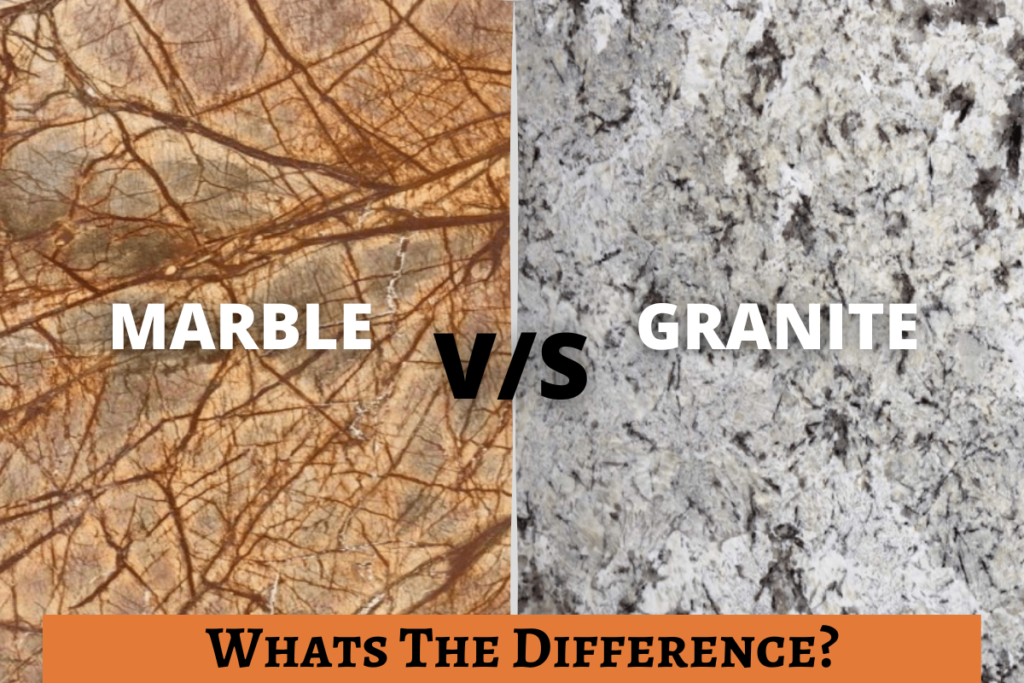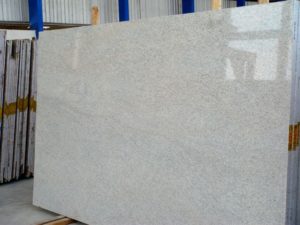There is no doubt that marble and granite are beautiful and highly sought-after surfacing materials. Marble and granite have a slightly similar appearance, but it’s crucial to know that each has its own unique properties.
They both are natural and quarried from the earth, but their properties differ significantly. Marble and granite are different most in their porosity. In comparison with granite, marble is softer and more porous. Among all natural stones, it is the strongest.
What is marble?
It is a metamorphic rock formed by transforming existing rock types under high temperatures and pressures. During the transformation of limestone, marble is formed. During the metamorphism process, other minerals are incorporated into the marble, resulting in various attractive colors. A softer chemical compound, calcium carbonate, is the main component of marble. As a result of its softness, smoothness, and vein design, marble has a unique and attractive appearance. The most common colors are white and pastels. In addition, it is porous and easier to stain. Some people use it as a kitchen countertop, but powder rooms and bathrooms are safer places to use it. Read More
What is Granite?
Granite is an igneous rock that was once molten and cooled slowly within the earth before becoming hard. Granite becomes extremely hard through slow heating and cooling. Additionally, granite is a grainy stone composed of minerals that fit together. Hard minerals such as quartz and feldspar make up most of them. Granite has different pieces that give it a unique appearance when looked at closely. There are a lot of speckled patterns on granite slabs and some slabs with swirls or veins as well. There is a wide variety of colors and designs available in granite. Read More
Differences Between Marbles & Granite are:
Strength and Durability –
The Granite surface is relatively harder than marble, so it is less prone to scratching or chipping.
Due to its high resistance to discoloration, it is an ideal material for indoor and outdoor kitchen platforms.
Compared to granite, marble has a lower level of durability and is susceptible to damage from everyday activities such as cutting. Hot pans and dishes can also damage it.
Marble is, therefore, suitable for areas with low traffic, such as bathroom vanities, fireplace surrounds, and decorative accents. Generally, both materials can last several years, provided the right location is selected to prevent damage.
Cost –
The price includes materials, installation, and maintenance. Granite is slightly more expensive than marble. The price also depends on factors such as the quality of the stone & the quantity bought, etc.
It is advisable to consult professionals before deciding on buying a particular stone.
Appearance –
There is a slight similarity between granite and marble in terms of appearance. However, upon closer examination, several differences can be observed. Despite the similarities between granite and marble, the natural color variations between the two stones differ.
There are usually flecks of color throughout granite, indicating color variations. But in marble, color variations appear as swirling veins.
Conclusion –
Granite and marble each have distinct qualities that affect how they are used and maintained. The right location, however, can make them highly durable and well worth the investment.



